When we think of time tracking, we usually associate it with hourly workers, agency employees, and freelancers.
There are tons of time-tracking apps designed to help you track the time you spend working so you can keep track of projects and billable hours. The following are some popular ones:
These apps are used for project management, reporting, and keeping a closer eye on employees.
While managing based on time tracking is controversial, there’s another way to use time-tracking apps that can help you work smarter without having to put up with someone looking over your shoulder. We can use these apps to help us improve our focus, optimize work based on our peak natural energy levels, and get more done.
Perform routine time audits to increase your efficiency
Most of us waste hours every week doing repetitive tasks or mindlessly checking social media, the news, and YouTube.
By using time-tracking software, you can track how much time you’re spending on your computer and where that time is wasted.
With these results, you can adjust your daily habits to increase productivity and efficiency. You can get smarter about identifying your most important tasks, figuring out what you can delegate or automate, and determining what you can stop doing altogether.
Another way to approach this is to think in terms of $10-per-hour tasks, $100-per-hour tasks, and $1,000-per-hour tasks.
In this article, Perry Marshall wrote, “The typical $100,000-per-year person spends the vast majority of their time doing trivial $10-per-hour tasks, a decent amount of time doing $100-per-hour jobs and occasionally — and somewhat accidentally — executing highly productive, $1,000-per-hour tasks.”
The most efficient knowledge workers are great at identifying the $1,000-per-hour (and above) tasks and optimizing their schedule to work on these things. They are ruthless about delegating, automating, or eliminating as many of the $10-per-hour busywork tasks.
For example, if you find yourself spending two hours a week finding, curating, and scheduling posts on social media, yet you aren’t a social media manager, you may consider delegating the task to someone else on your team or using an automation tool like MeetEdgar to recycle old social media posts.
Find your peak performance times
One benefit of time tracking is that it can help you find your peak performance times. Peak performance occurs when you perform to your best ability. For some, peak performance is early in the morning. For others, it could be in the late afternoon or the evening.
In my case, I am most productive during the early hours between 6 and 9 a.m. and in the afternoon from 1 to 3 p.m.
Schedule your high-value tasks at your peak performance times
Once you have identified the types of tasks you’re doing on a daily or weekly basis, you can be more strategic about planning your day.
For example, when I am working on a big project, I will schedule tasks related to that project between my peak hours of 6 to 9 a.m. or 1 to 3 p.m.
You can also use this information to help your team members plan and optimize their day. Here are a couple of use cases for how you can motivate your team.
RescueTime provides excellent features to ensure you are aware of your energy levels and productivity. One way RescueTime keeps you informed of your energy levels is by alerting you when you are crushing it and when you are slacking off.
Toggl has an interesting take on how to motivate employees through time tracking. Their approach involves going over the benefits, setting clear guidelines, sharing results, and allowing for feedback. It’s not just the company that benefits from time tracking; your employees do as well.
Knowing when you have high energy levels will keep you and your team from losing track of time and procrastinating throughout the day.
If you can get past the surface-level use cases, time tracking has tremendous benefits. You can use it to work smarter by managing your energy levels instead of merely your time.











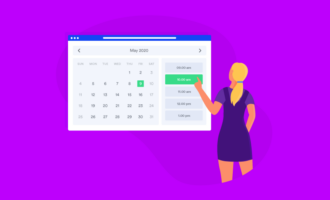










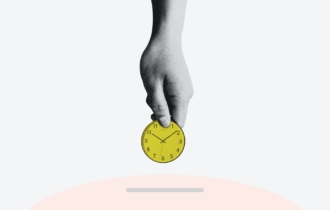








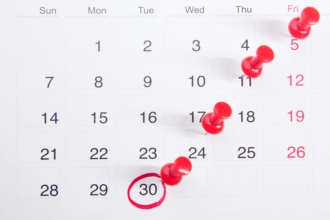



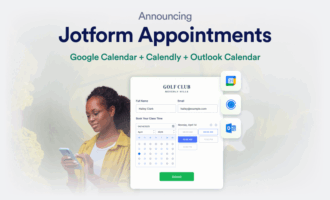




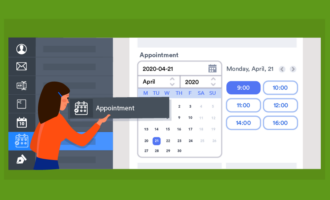









Send Comment: